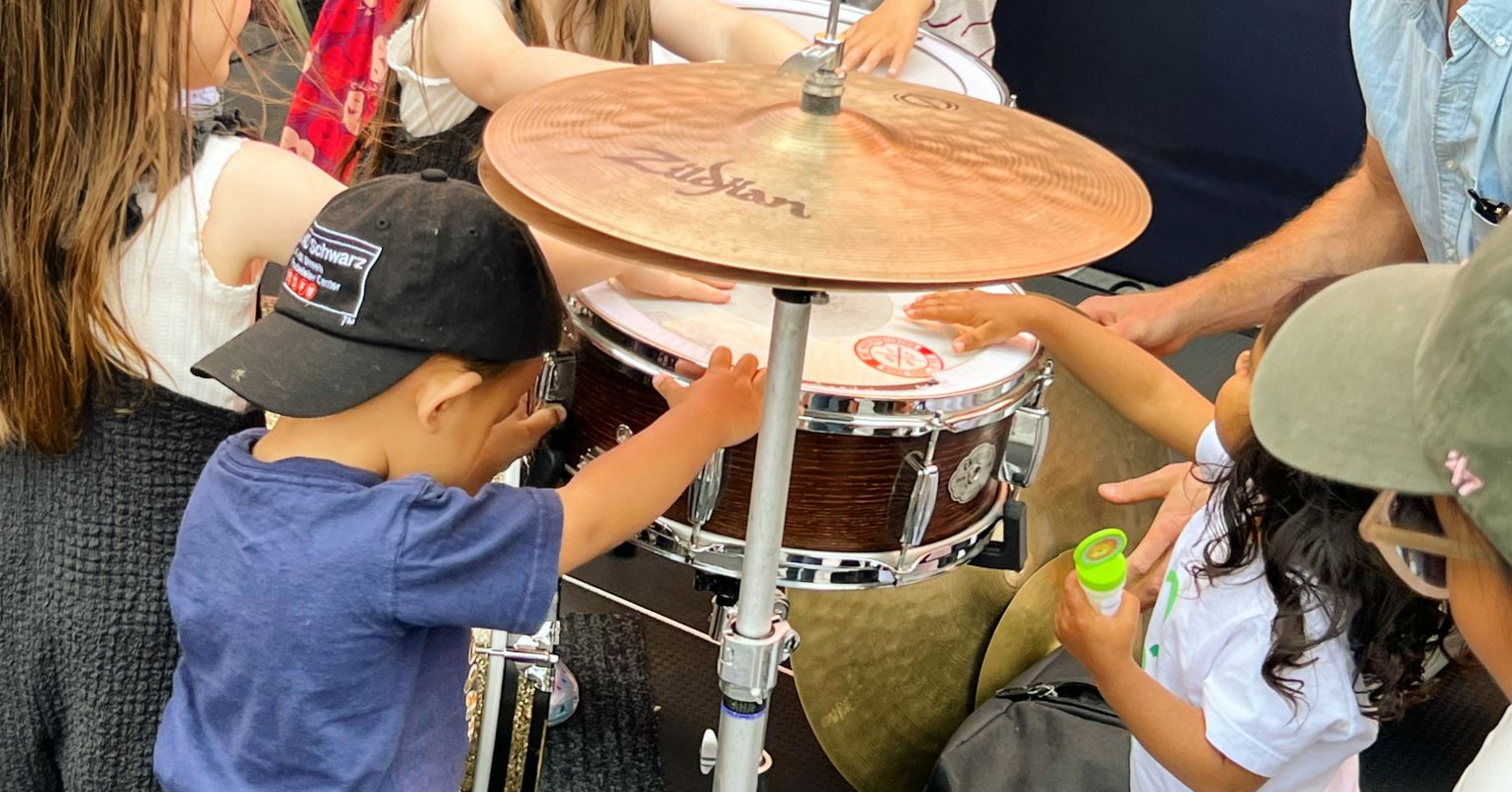
"We try to comfort them: hugs, a stroke of the hair, a soft touch on the cheek to wipe away tears. We give space for a tantrum or a quiet moment with a favorite stuffed animal, book, or song. Pair a song and a hug enough times, and the song itself can become a reminder of comfort-a hug they can carry, even when we're not there."
""Anxiety can look different at that age, but it's very real." She told us about a child who fled the moment an audience began clapping. For that child, the noise wasn't just startling-it felt like too big a hurdle. "We were working on being brave and just being around clapping," Keough said. "She did great with it for a while. These little exposures make such a difference.""
Anxiety in young children often appears at predictable moments: before school dropoff, at the start of new activities, or during performances, manifesting as tears, refusals, or meltdowns. Comforting gestures—hugs, soft touch, songs, stuffed animals—and providing space for emotions can soothe children and build portable coping cues. Intentional parenting emphasizes small, repeated supports and gradual exposure to feared situations. Clinical specialists note that preschool and early childhood anxiety is common and legitimate; specific exposures, practiced and supported, can reduce avoidance and increase bravery. Nearly one in five U.S. children experiences anxiety before high school, and diagnosed rates among ages 3–17 have been rising.
Read at Psychology Today
Unable to calculate read time
Collection
[
|
...
]